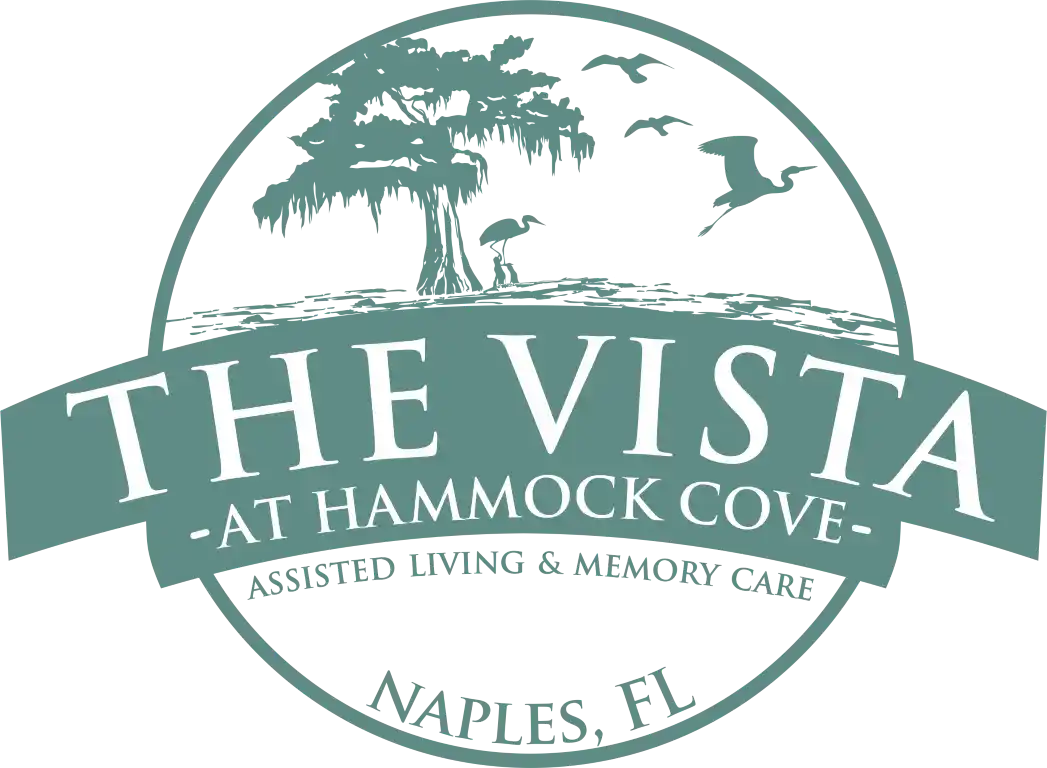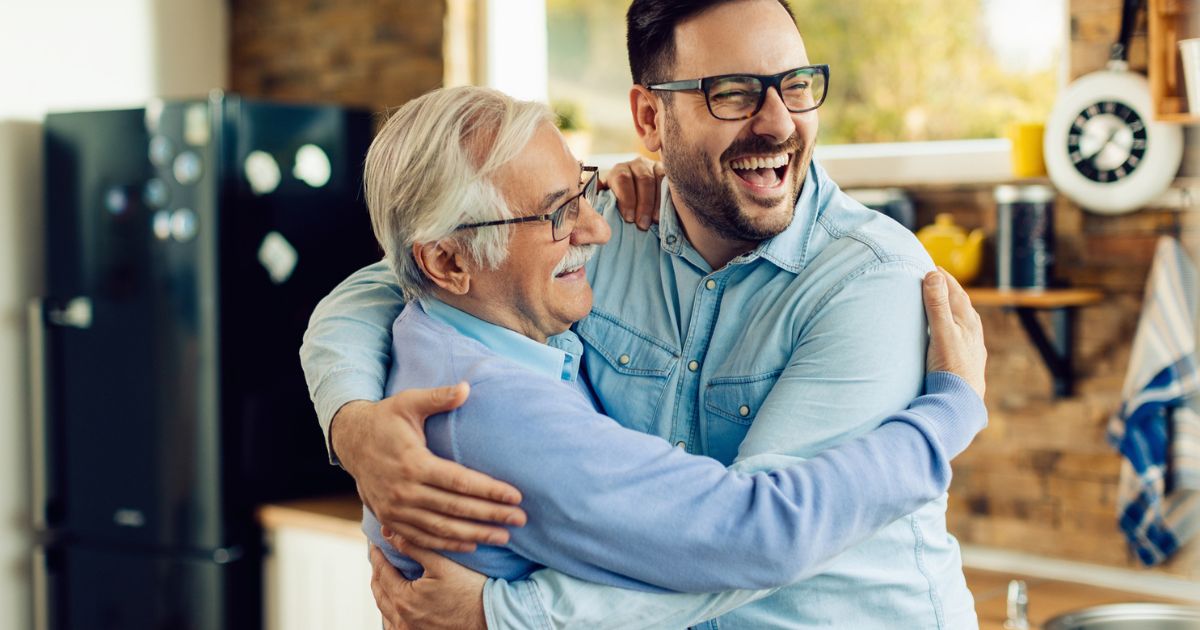How Senior Living Communities Ensure Safety and Security
Safety and security matter to everyone, but they take on special importance in senior living. Older adults deserve a place where they feel comfortable, protected, and supported. Families want to know their loved ones are in good hands, surrounded by caregivers and systems designed to prevent accidents and respond quickly when needed.
Senior living communities have many safety measures in place, from controlled access points and surveillance systems to fall prevention strategies and emergency response plans. Some communities also use advanced technology, like AI-powered monitoring systems, to add another layer of protection.
Explore the key ways senior communities create safe environments and what families should look for when considering a move.
Secure Community Design
A well-planned senior community does more than offer housing—it provides a safe, secure environment where residents can live independently while having access to support.
Controlled Access Points and Surveillance Systems
Communities often have visitor management systems to prevent unauthorized entry, as well as security cameras and smart monitoring technology to help staff keep an eye on common areas. These systems include:
- Gated entrances and exits to monitor who comes and goes.
- Visitor check-in stations that require sign-ins before access is granted.
- Keypad or key fob access for staff and residents.
- AI-powered cameras that detect unusual activity and send alerts.
- Live monitoring of entry points, hallways, and outdoor spaces.
- Motion-sensitive lighting to reduce risks in parking lots and walkways.
These measures provide peace of mind for both residents and their families and create a safer space without making residents feel watched or restricted.
Emergency Response Systems
In an emergency, a fast response makes all the difference. Senior communities use built-in emergency systems and have trained staff on-site 24/7 to provide quick assistance when needed.
In-Room Emergency Call Systems and Staff Availability
Most communities install emergency pull cords or call buttons in apartments and bathrooms. Some also offer:
- Wearable alert pendants that allow residents to request help with the press of a button.
- Voice-activated emergency systems for hands-free calls to staff.
- Caregivers trained in first aid and CPR for medical emergencies.
- Security personnel who respond to alerts, check entry points, and assist residents when needed.
- Medical professionals on-site or on call for immediate health concerns.
A quick response can prevent minor incidents from becoming major emergencies.
Fall Prevention Strategies
Falls are one of the leading causes of injury for older adults. Senior living communities reduce fall risks by creating safe, accessible spaces and providing mobility support.
Safe Living Spaces and Mobility Assistance
Simple design choices can lower the risk of falls, including:
- Non-slip flooring in apartments, hallways, and bathrooms.
- Well-placed handrails in stairways and common areas.
- Bright, automatic lighting in hallways and outdoor spaces.
For those who need help moving around, many communities offer:
- Physical therapy programs to improve strength and balance.
- Access to mobility aids like walkers and wheelchairs.
- Staff assistance for navigating stairs, ramps, and other areas.
These features help residents stay independent while reducing fall risks.
Health and Wellness Programs
Safety includes staying healthy and preventing medical issues. Many senior communities provide wellness programs to keep residents active and engaged.
Regular Health Assessments
Routine check-ups help identify potential health concerns before they become serious. Many communities provide:
- On-site nurse evaluations to track vital signs and chronic conditions.
- Partnerships with doctors for regular wellness visits.
- Health screenings for conditions like diabetes, heart disease, and osteoporosis.
Fitness and Exercise Opportunities
Physical activity improves strength, mobility, and overall well-being. Many communities provide:
- Group exercise classes like chair yoga, water aerobics, and strength training.
- Outdoor walking trails for safe, low-impact activity.
- Personalized fitness plans for residents with specific needs.
Regular movement reduces fall risks and supports long-term health.
Medication Management
Managing multiple medications can be challenging. Senior living communities utilize structured medication services to prevent missed doses or incorrect use. These services and policies include:
- Locked medication storage for controlled access.
- Automated dispensers that release the right dose at the right time.
- Daily reminders and supervision to prevent missed doses.
- Coordination with pharmacies to handle refills and prescription updates.
- Medication reviews with healthcare providers to check for interactions and necessary adjustments.
These systems help prevent medication errors and improve health outcomes.
Fire Safety Measures
Fire prevention is another key focus in senior communities. Communities follow strict safety guidelines and provide training to staff and residents. Many communities are equipped with smoke detectors and sprinkler systems in every apartment and common area and have easily accessible fire extinguishers throughout the community, as well as heat-sensitive automatic shutoffs for kitchen appliances.
To make sure everyone knows what to do, communities also hold regular fire drills and training so residents and staff can practice. There is also clear evacuation routes posted in common areas.
Social Engagement and Mental Well-Being
A safe community isn’t just about physical security—residents also need emotional and social support. Social connection reduces loneliness and increases a sense of security. Many communities offer:
- Clubs and groups to bring people with common interests together.
- Game nights, movie screenings, and outings to local shopping and attractions.
- Community meals in large dining rooms where residents can gather and connect.
Senior living communities are ensure that mental health is being looked after by providing:
- Counseling services for those dealing with stress or loss.
- Peer support groups for shared experiences and advice.
- Programs focused on relaxation and mindfulness.
Feeling safe and connected goes beyond physical security—it also means knowing there’s a support system in place.
Technology Integration for Safety
Advancements in smart home technology add another layer of protection. Many communities now use:
Advanced Monitoring Systems
- AI-powered motion sensors that detect unusual activity.
- Fall detection cameras that notify staff when someone needs help.
- GPS tracking devices for residents prone to wandering.
Smart Home Features
- Voice-activated assistants to call for help.
- Automated lighting and temperature controls for convenience.
- Door sensors and alerts to monitor movement safely.
Used properly, technology enhances security while preserving independence.
Feel Safe and Secure at The Vista at Hammock Cove
Senior living communities provide more than housing—they offer a safe, supportive environment where older adults can thrive. With secure design, emergency response systems, fall prevention strategies, and advanced technology, these communities create a space where residents can feel protected and connected.
At The Vista at Hammock Cove, safety comes first. We’ve designed our community with 24/7 security, on-site staff, fall prevention features, and emergency response systems to help residents feel comfortable and supported.
Choosing a senior living community is a big decision, and we’re here to help. Whether you need guidance on paying for senior living or want to tour our community, our team is ready to answer your questions.
Get your copy of our community brochure, call us today, or visit us in person to learn more about how we create a safe, welcoming place for seniors.
Disclaimer: This article is for informational purposes only and does not constitute medical, legal, or financial advice. It’s recommended to consult with a medical, legal, or financial professional for your specific circumstances.

